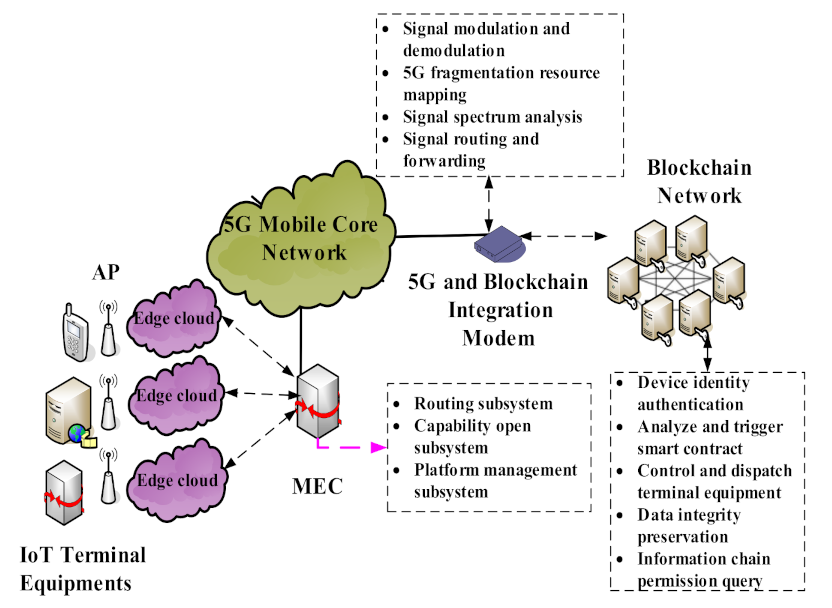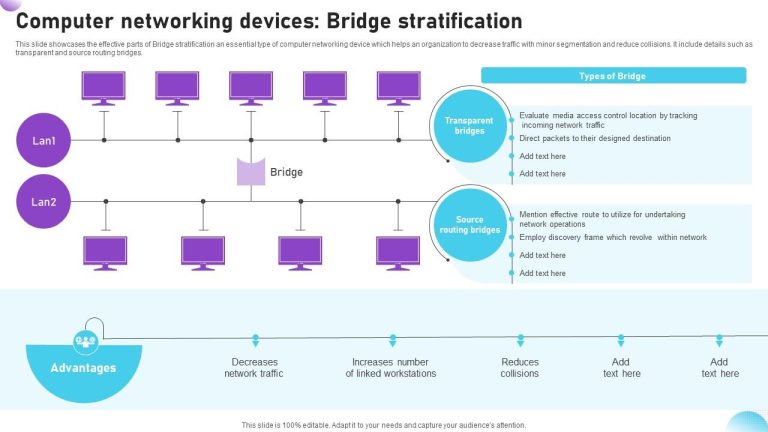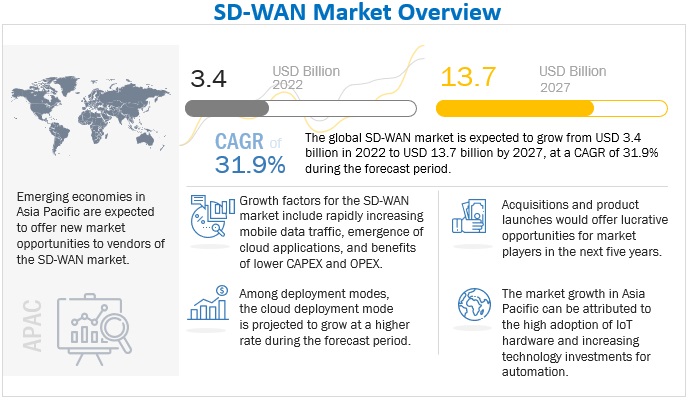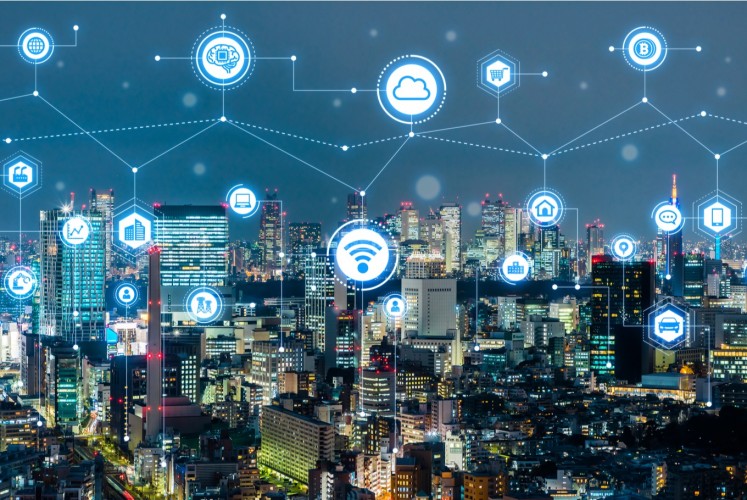Exploring the Intersection of 5G and Blockchain for Secure Connectivity
telcomatraining.com – The rapid advancement of digital technologies is transforming the way we connect and communicate. Among the most promising innovations shaping the future are 5G networks and blockchain technology. While 5G offers unprecedented speed and bandwidth, blockchain ensures secure, transparent, and decentralized data management. The integration of these two powerful technologies presents a groundbreaking opportunity to redefine secure connectivity in our increasingly connected world.
Understanding 5G Technology
5G, or fifth-generation mobile network, is the latest evolution in wireless communication. It significantly surpasses its predecessor, 4G, by offering faster data transmission speeds, reduced latency, and the ability to connect a vast number of devices simultaneously. These improvements are essential for the growth of the Internet of Things (IoT), autonomous vehicles, smart cities, and remote healthcare.
However, with increased speed and connectivity comes greater vulnerability. The more devices connected to a network, the more potential entry points there are for cyber threats. This is where the importance of integrating robust security measures becomes critical.
The Role of Blockchain in Network Security
Blockchain technology, originally developed for cryptocurrencies like Bitcoin, is a decentralized ledger system that records transactions across multiple computers. Its key features include immutability, transparency, and decentralization, making it highly secure and resistant to tampering.
In the context of connectivity, blockchain can offer several security advantages. It can authenticate devices, protect data integrity, and create secure peer-to-peer communication channels. These characteristics make it an ideal candidate for enhancing the security framework of 5G networks.
The Intersection of 5G and Blockchain
The convergence of 5G and blockchain creates a synergy that addresses both speed and security. Here’s how this integration can enhance connectivity:
- Decentralized Network Management
Traditional networks rely on centralized servers, which can become single points of failure. Blockchain enables decentralized control, ensuring no single entity can monopolize or compromise the network. - Secure Device Authentication
With billions of IoT devices connecting via 5G, verifying each device’s identity becomes essential. Blockchain can automate and secure this authentication process, reducing the risk of spoofing or unauthorized access. - Data Integrity and Privacy
Blockchain ensures that data transmitted across the network is immutable and traceable. This transparency builds trust while protecting sensitive information from alteration or theft. - Efficient Smart Contracts
Smart contracts—self-executing agreements coded on the blockchain—can be used to automate processes in a secure and transparent manner. In a 5G environment, this could enable seamless and secure communication between devices, applications, and users.
Real-World Applications
Several industries are exploring the fusion of 5G and blockchain to improve operations:
- Smart Cities: Urban infrastructures powered by 5G can use blockchain to manage traffic data, energy grids, and public safety systems securely.
- Healthcare: Real-time patient monitoring via 5G can be coupled with blockchain to ensure medical records are secure, tamper-proof, and accessible only by authorized personnel.
- Supply Chain: Enhanced by 5G’s real-time tracking and blockchain’s transparency, supply chains become more efficient and trustworthy.
Challenges and Considerations
Despite the promising benefits, there are challenges to address. Integrating blockchain with 5G requires considerable computing power and energy, especially for consensus mechanisms like Proof of Work. Scalability, interoperability, and regulatory compliance also remain critical hurdles. Nonetheless, ongoing research and development continue to explore more efficient blockchain models such as Proof of Stake and hybrid consensus mechanisms that are more compatible with 5G environments.
Conclusion
The intersection of 5G and blockchain represents a paradigm shift in secure connectivity. By combining the high-speed, low-latency capabilities of 5G with the robust, decentralized security of blockchain, a new era of trust and innovation in digital communication can be achieved. As these technologies continue to evolve and integrate, they promise to unlock unprecedented opportunities across various sectors, ensuring that connectivity in the future is not only faster but also inherently secure.







